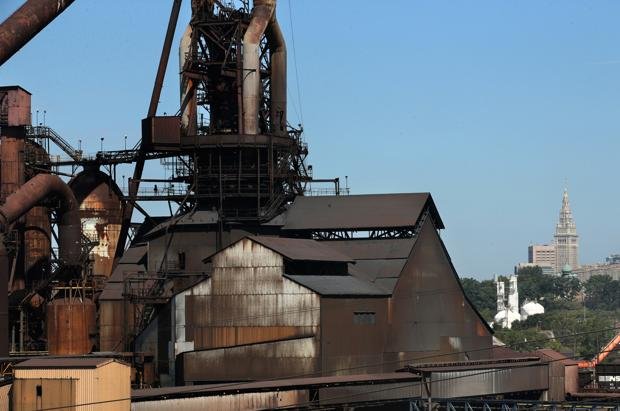5.1 Adaptive, Flexible Design
Encourage the development of designs that can adapt to multiple uses and allow for future expansion or repurposing. Future buildings and spaces could be envisioned as flexible environments, capable of accommodating changes in community needs and responding to climate considerations, similar to potential strategies that could be explored at the LTV Steel site.
5.2 Integration of Green Infrastructure
Projects may incorporate sustainable elements such as green roofs, rain gardens, and permeable pavements to manage stormwater effectively. By promoting ecological health and enhancing public well-being, these features could be envisioned as part of the landscape design, drawing inspiration from the possible applications of green infrastructure that could emerge in the redevelopment of the LTV Steel site.
5.3 Energy-Efficient and Reactive Technologies
Integrating energy efficient technologies, such as smart lighting, advanced HVAC systems, and energy reactive facades, may significantly reduce energy consumption and increase adaptability. Future projects could prioritize the incorporation of renewable energy sources, like solar and wind, mirroring the innovative approaches that could be pursued at sites like LTV Steel.
5.4 Public Spaces and Accessibility
Future developments should consider the creation of safe, accessible, and engaging public spaces. By incorporating pathways, plazas, and parks, these projects could encourage social interactions, physical activity, and community gatherings, reflecting the potential for vibrant public spaces that could emerge in the redevelopment efforts at the LTV Steel site.
5. Development and Design Guidelines

